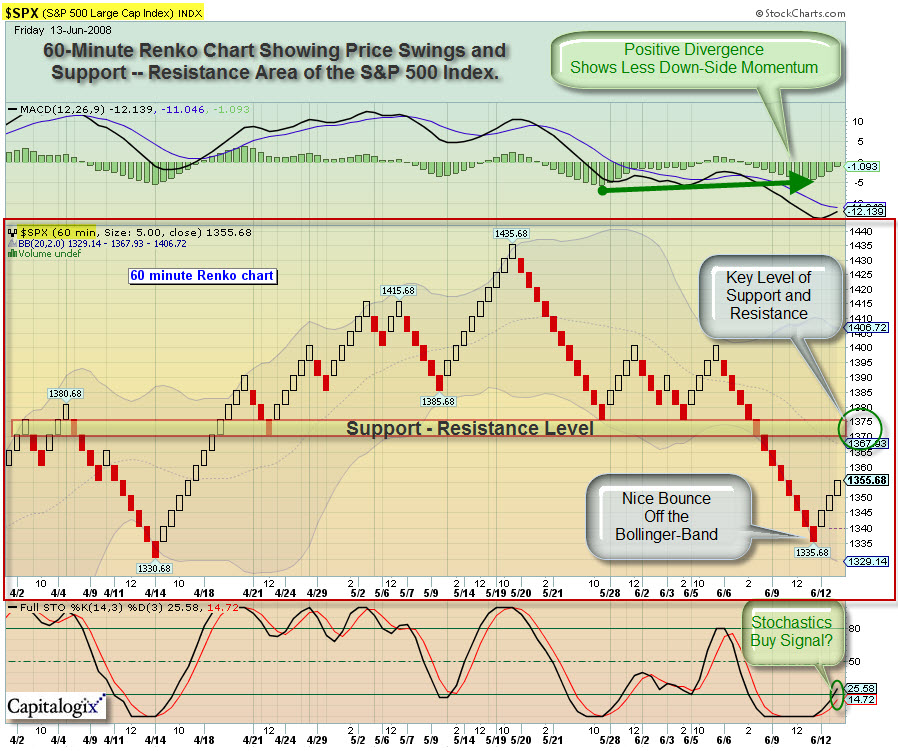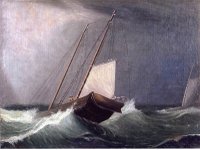 An Old Take on New Ideas:
An Old Take on New Ideas:
How many times have you tried to remember something that you knew you
were forgetting? As I get older, it seems to happen more often. I'm not
sure if it's because of age, or because I think more and do less.
Nonetheless, I love having a process to capture, store, and retrieve,
relevant information.
For years I've been "a gadget guy." I'm the guy that waits in line to buy the first hot new phone. I always have the best PDA, the newest laptop. And I constantly try different software to capture ideas, produce mind maps, or otherwise give me a creative and competitive advantage.
Surprisingly, the newest addition to my arsenal of productivity tools is a small pad of paper. Yes, I now carry a small pad of paper in my pocket, and I pull it out to capture ideas, phrases, and to-do items throughout the day. It's quick, easy, and I don't have to worry about it recognizing my handwriting. I recognize my handwriting.
Throughout the day, I simply write the ideas, phrases, key words – and of course the to do items that I should do, want to do, or want someone else to do.
At the end of the day (or when my page is full) I call Copytalk and dictate the whole list into the telephone. A few minutes later, I get an e-mail with all of the items in electronic format. I then copy these and simply paste them into a web application called Toodledo, which is a categorized to-do list accessible online.
Toodle-do is a great place to help me get things done. It allows me to list each task, categorize it in ways I want, as well as create priorities, due dates, and different tags that you could use for locations or roles. I very quickly ended up with close to 1,000 to-dos sorted in many categories. So when I get an idea on something to write about, or come up with new development projects or things to talk about with friends, I have one place to go. Best part for me is that when I'm looking for something, this list is easy to search, easy to find, and easy to keep up-to-date.
All-in-all, it's a pretty good system, and I love how it feels to empty my brain every day.
 One of the best illustrations of that in business has been the story of Bill Gates and Microsoft.
One of the best illustrations of that in business has been the story of Bill Gates and Microsoft. 



